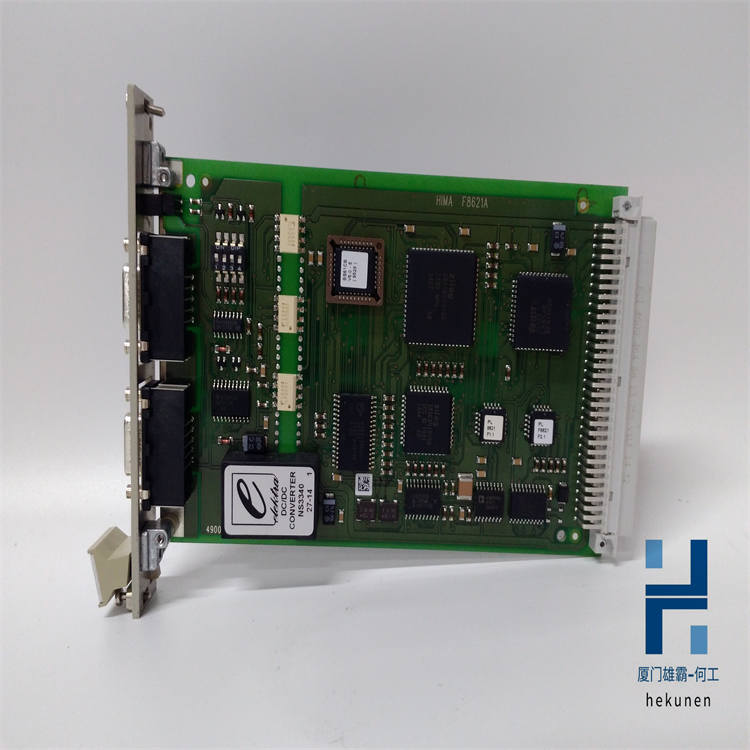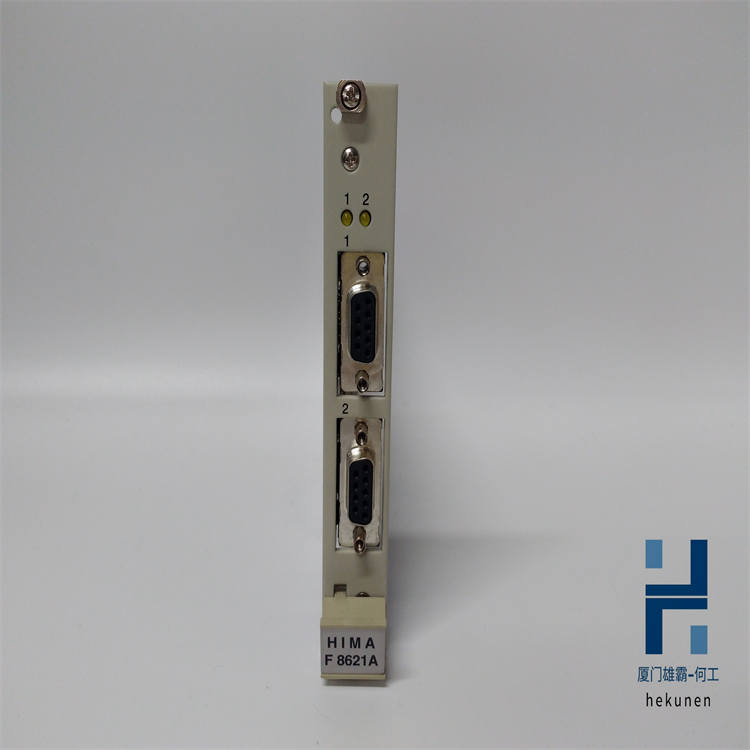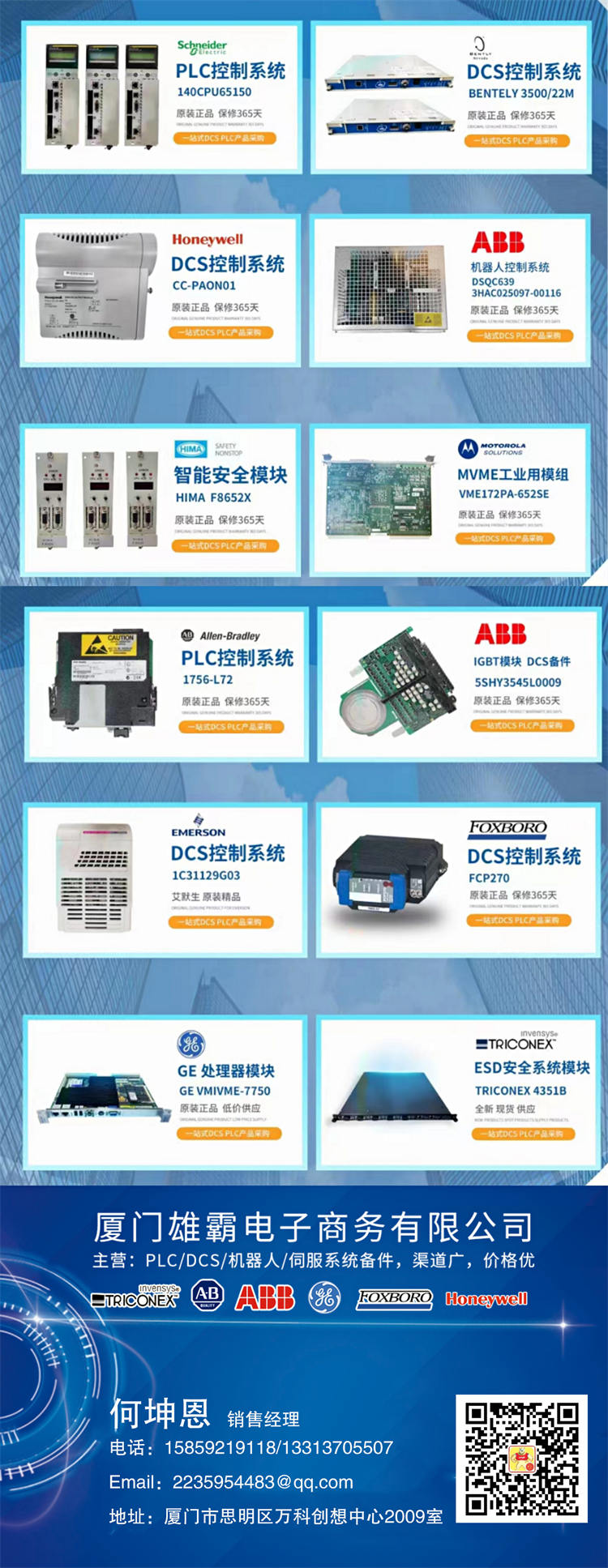对于当今的大多数应用,标准 EtherCAT 的高性能已经足够了。因此,EtherCAT G 通信的开发考虑到了超大规模应用和许多设备,以及越来越多地使用特别数据密集型设备,例如视觉相机、复杂运动系统或具有高采样率的测量应用。机器视觉、状态监测或创新的传输系统 XTS 和 XPlanar 需要为每个设备在每个周期传输数百字节的过程数据。结合不到一毫秒的短周期时间,在这种情况下需要 EtherCAT G 提供的高传输带宽。
个实用的 EtherCAT G 应用程序是 XPlanar 传输系统。这种平面电机系统能够对具有六个自由度的被动自由浮动动子进行运动控制和高精度定位。由于独特的新系统需要连续的位置反馈,因此产生了非常大的数据量,必须在几微秒内传输。如果没有 EtherCAT G 的高性能,这几乎是不可能的。
这两个示例计算说明了使用 EtherCAT G 和分支概念可以实现的性能提升或数据传输时间的节省。

加快通信时间:34 µs 内 128 个伺服轴
- 初始应用选择了具有 128 个伺服轴的机器网络。
- 每个设备输入和输出 8 个字节的“标准数据宽度”导致每个周期总共输入和输出 1024 个字节。对于经典的 EtherCAT 设备,考虑到硬件传播延迟时间和报文长度,将产生 237 µs 的通信时间。
如果现在标准的 EtherCAT 设备被 EtherCAT G 设备取代,通信时间可以减少到 150 µs,因为更高的数据速率会缩短帧长度。如果使用分支概念并将整个网络分成 8 个 EtherCAT G 段,每个段有 16 个伺服驱动器,则可以实现仅 34 µs 的通信时间——即现在的通信速度提高了 7 倍。
利用带宽优势:以 100 ksamples/s 扫描 200 个模拟输入
- 测量状态监测应用程序,其中监测 10 公里长的传送带。
- 应用由 200 个模拟通道 (±10 V) 组成,每个通道具有 100,000 个样本/秒(10 µs 测量间隔),必须以 1 ms 的周期时间进行扫描。

目前的解决方案由四个独立的 100 Mbit/s EtherCAT 网络组成,每个网络具有 26 个具有过采样功能的两通道模拟输入端子 (EL3702)。每个 EtherCAT 网络都需要 8 个 1313 字节的报文,因此需要 322 Mbit/s 的带宽。因此,四个网络中的每一个都使用了 88% 的可用带宽。
如果四个 EtherCAT 网络现在被一个 EtherCAT G 网络和 EK1100 总线耦合器替换为 EK1400 EtherCAT G 总线耦合器(分支控制器),则可以继续使用现有的标准 EtherCAT 端子模块。在相同的周期时间 (1 ms) 下,带宽利用率仅为 350 Mbit/s,因此只需一个 EtherCAT G 网络。剩余的 650 Mbit/s 带宽可扩展通道并支持更高的模拟采样率。

我司产品广泛应用于数控机械 冶金,石油天然气,石油化工,
化工,造纸印刷,纺织印染,机械,电子制造,汽车制造,
塑胶机械,电力,水利,水处理/环保,市政工程,锅炉供暖,能源,输配电。
These two sample calculations illustrate the boost in performance or the savings in data transmission time that can be achieved with EtherCAT G and the branch concept.
Accelerating communication times: 128 servo axes in 34 µs
- A machine network with 128 servo axes was selected as the initial application.
- A “standard data width” of 8 bytes in and out per device results in a total of 1024 bytes in and out per cycle. With classic EtherCAT devices, taking into account hardware propagation delay times and telegram lengths, a communication time of 237 µs will result.
If standard EtherCAT devices are now replaced by EtherCAT G devices, the communication time can be reduced to 150 µs just on account of the shortened frame length due to the higher data rate. If the branch concept is used and the complete network is divided into eight EtherCAT G segments with 16 servo drives each, a communication time of only 34 µs can be achieved – i.e. communication is now 7 times faster.
Using the bandwidth advantage: scanning 200 analog inputs with 100 ksamples/s
- An measurement Condition Monitoring application where a 10 km-long conveyor belt is monitored.
- Application consists of 200 analog channels (±10 V) with 100,000 samples/s (10 µs measurement interval) per channel, which have to be scanned with a cycle time of 1 ms.
The present-day solution consists of four independent 100 Mbit/s EtherCAT networks, each with 26 two-channel analog input terminals with oversampling function (EL3702). Eight telegrams with 1313 bytes each are required in every EtherCAT network, resulting in a required bandwidth of 322 Mbit/s. Thus, each of the four networks utilises 88% of the available bandwidth.
If the four EtherCAT networks are now replaced by an EtherCAT G network and the EK1100 Bus Couplers by EK1400 EtherCAT G Bus Couplers (branch controllers), it is possible to continue to use existing standard EtherCAT Terminals. With the same cycle time (1 ms), bandwidth utilisation of only 350 Mbit/s results in just one EtherCAT G network. The remaining bandwidth of 650 Mbit/s enables an extension of the channels and the support of even higher analog sampling rates.